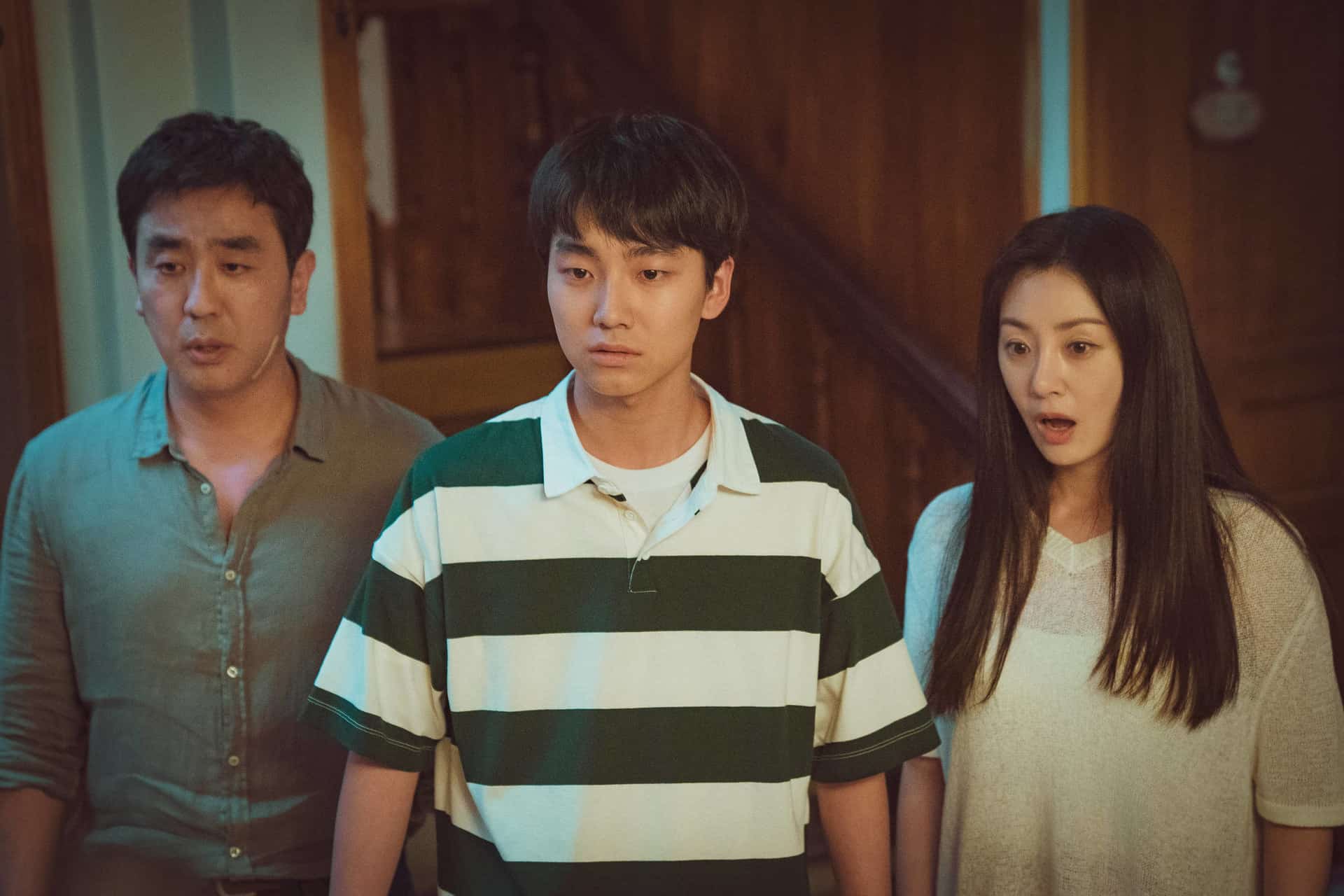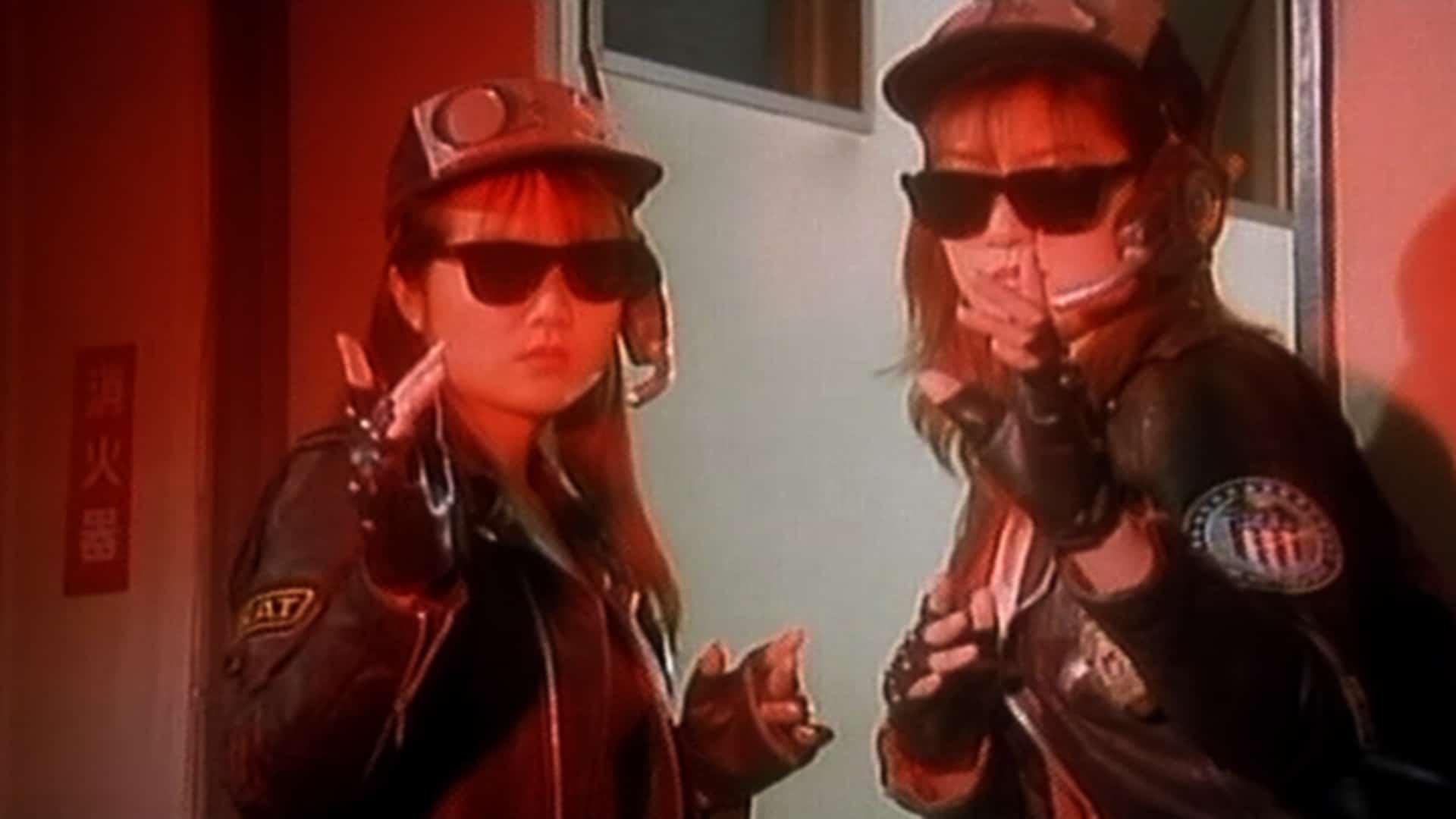“The race in Shibuya has given Kikuzato a taste of what running and competing on a blade could be, but it will take more than a new leg for him to truly be a contender the next time he races. Kikuzato needs to learn how to run, and Usami is only too happy to give him some pointers after school at track and field club. Kikuzato thought his days of training with a team were behind him, but with the club members' help, the path to becoming a runner opens before him—though not without a few hurdles along the way!” (Yen Press)
Buy This Title
On Amazon
The measure of any sports manga worthy of merit rests on the ability to draw in the reader, even if they have a limited insight into the sport itself. Undeniably, the world of Paralympics is not one with mass mainstream appeal even if the physical prowess and skill of the sprinters are obvious. While the first volume of “Run on Your New Legs” showed potential in introducing a strong cast of characters and a fascinating insider look into the sport, it existed as an introduction more than a standout in the genre. Continuing on into Volume 2, this transition still has yet to show if that series has that potential. Still, the book continues to move forward by introducing new characters via the high school track and field team that come with their own intriguing eccentricities and slowly expands on the science and techniques behind Paralympic sprinting.
Essentially, the reader gets a similar experience defined by the inaugural release led by an exuberant and humorous group of young hopefuls looking to push Kikuzato onto the world stage of competitive sprinting. As the support system and cast expand around Kikuzato, different aspects of the sport become more detailed, though this does not push the sprinter any closer to his goal. If anything, the second volume introduces more barriers in tech and Kikuzato's limitations in relying on his natural physical prowess over the finesse required to run properly on his prosthetic are more pronounced. The goal post is moved further away from volume one as even when training and being bested by a group of kids, Kikuzato learns his limitations and needs to improve in order to compete.

While the artistic direction of Midori is still impressive in giving the characters in the book a defined look and personality, the action sequences feel slightly stilted (a complaint with the previous book). At this point, action sequences are short-lived due to ending abruptly through some technical error or a stumble. Sports manga has a way to slow time and really dig deep into the psychology of the character in snap judgment moments while competing.
Given the sport of Paralympic sprinting is not commonly explored, this kind of approach would add that needed element to push the series from entertaining into iconic–only time will tell when and if Midori is able to add this necessary depth to create a definitive sports narrative. That said, the art of Midori is complimentary to the action when it does happen and there is hope for continued growth as the story progresses. Ultimately, the last hurdle the series needs to conquer is in making the action match the delightful narrative that frames the particular sport.
Wataru Midori's “Run on Your New Legs” has the potential to be one of the modern definitive sports manga series with its sharp writing and informed representation of the world of paralympic sprinting–only time will tell. Until then, the series is an engaging read and one which seems poised to improve exponentially. Personally, I will be excited to consume every volume that is released until/unless the direction of the book proves otherwise.
















